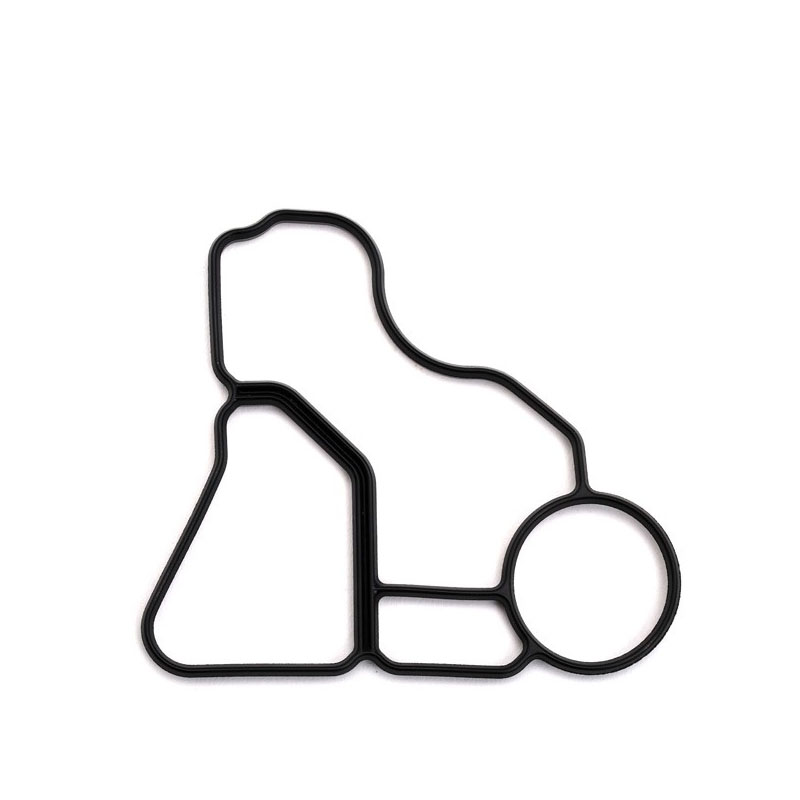Cylinder Engine Oil Seal for Enhanced Performance and Durability in Automotive Applications
Understanding Cylinder Oil Seals A Key Component in Engine Performance
When it comes to engine performance and reliability, every component plays a critical role, especially the cylinder oil seal. This seemingly simple part is crucial in preventing oil leakage and ensuring that the engine operates efficiently. In this article, we will explore the function, importance, and maintenance of cylinder oil seals, shedding light on why they are essential for any engine, whether in a car, motorcycle, or industrial machinery.
What is a Cylinder Oil Seal?
A cylinder oil seal, often referred to simply as an oil seal or crankshaft seal, is a critical component located around the engine's crankshaft and camshaft. Its primary purpose is to contain engine oil within the lubrication system while preventing contaminants from entering the engine. The oil seal is typically made of rubber or polymer materials, which provide durability and flexibility to maintain a proper seal under various operating conditions.
The Function of Cylinder Oil Seals
Oil seals perform several key functions in an engine
1. Preventing Oil Leakage The primary function of an oil seal is to keep the engine oil contained within the crankcase. Oil leaks can lead to reduced lubrication, which can increase friction and wear on engine components. This can ultimately result in severe engine damage if not addressed timely.
2. Keeping Contaminants Out In addition to preventing oil from leaking out, oil seals also act as barriers against dirt, dust, and other contaminants. This is crucial for maintaining the purity of the engine oil and ensuring that only clean oil circulates within the engine.
3. Optimizing Engine Performance By preventing oil leaks and contamination, cylinder oil seals help maintain optimal engine performance. Proper lubrication reduces friction, leading to better fuel efficiency and smoother operation.
cylinder oil seal

Importance of Cylinder Oil Seals
The significance of cylinder oil seals cannot be overstated. A faulty or worn oil seal can lead to several problems, including
- Oil Leaks This can cause a significant drop in oil levels, leading to inadequate lubrication for engine components. It can also result in messy spills, which can damage the environment and your vehicle's exterior.
- Contaminated Oil If contaminants enter the engine through a damaged seal, the oil can become gritty and abrasive. Contaminated oil can lead to accelerated wear of engine parts, potentially leading to costly repairs.
- Increased Emissions Oil leaks can contribute to increased emissions, failing to meet environmental regulations. This can result in fines or the need for costly repairs to meet compliance.
Maintenance and Replacement
Maintaining cylinder oil seals is crucial for engine longevity. Regularly checking for signs of oil leaks or visible damage can help catch issues early. If an oil seal fails, it should be replaced as soon as possible to avoid further damage. When replacing an oil seal, it is essential to clean the surrounding area thoroughly and ensure that the new seal is installed correctly to maintain a proper fit.
Conclusion
In summary, the cylinder oil seal is a vital component of internal combustion engines. It serves the crucial roles of preventing leaks and contaminants while optimizing engine performance. Given its importance, regular checks and timely replacements can save engine owners from costly repairs and enhance the overall efficiency of their engines. Whether you are a vehicle owner, mechanic, or engineering enthusiast, understanding the role of cylinder oil seals is essential for maintaining engine health and performance. Recognizing when to replace this part can lead to better reliability and extended lifespan of the engine, making it a key area of focus for anyone interested in automotive maintenance.
-
Understanding the Front Main Engine Seal: Purpose, Maintenance, and Installation
News Jul.29,2025
-
Understanding O-Rings and Seal Rings: Types, Applications, and Custom Solutions
News Jul.29,2025
-
Understanding Crankshaft Oil Seals: Rear Seals, Pulley Seals, and Their Role in Engine Integrity
News Jul.29,2025
-
The Importance of Front and Rear Crankshaft Seals in Engine Performance and Oil Management
News Jul.29,2025
-
Crank Oil Seals: Functions, Types, and Cost Considerations in Engine Maintenance
News Jul.29,2025
-
A Comprehensive Guide to O-Rings and Seals: Types, Materials, and Global Applications
News Jul.29,2025
-
Mastering Diesel and Performance Engine Maintenance: A Guide to Critical Oil Gaskets
News Jul.28,2025
Products categories















